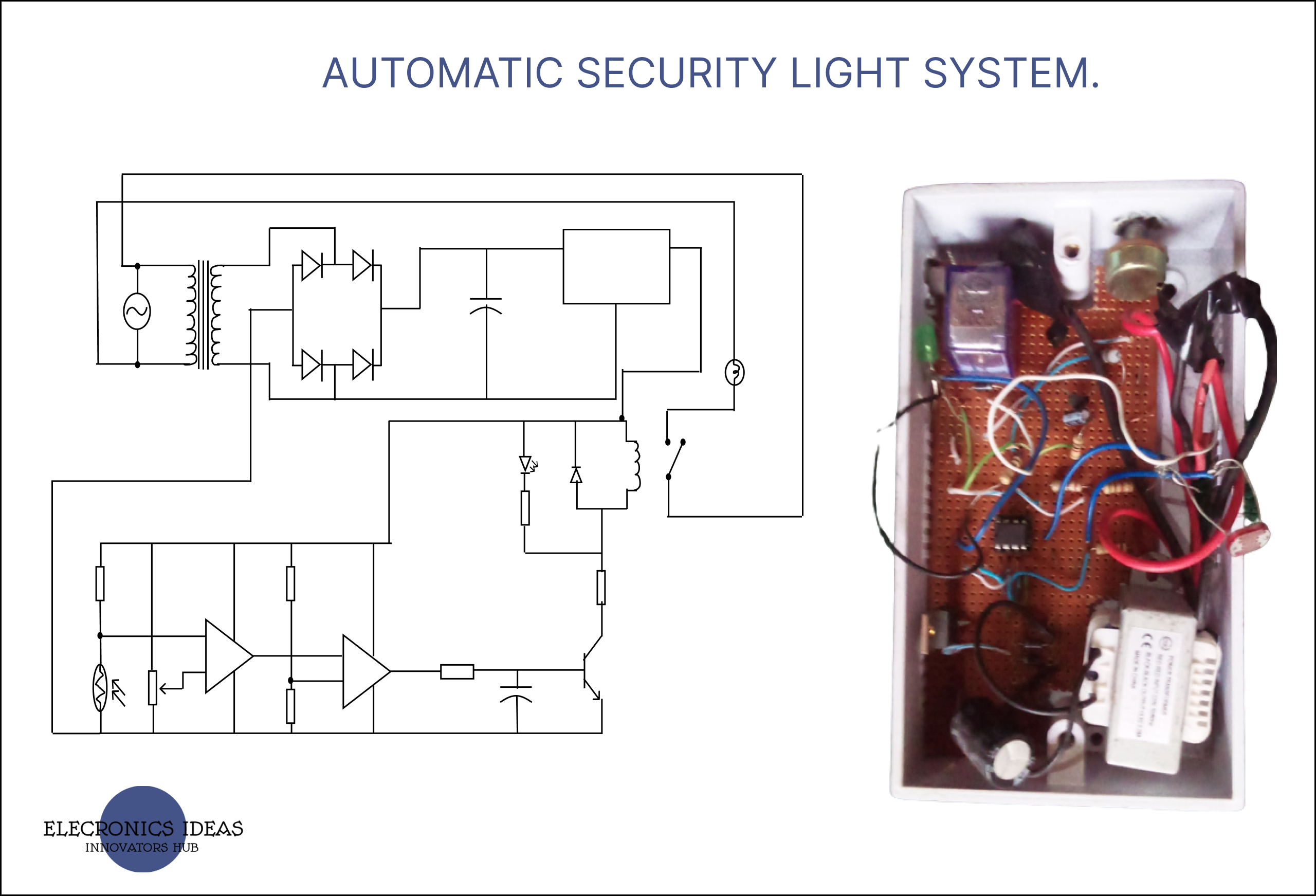From the blog
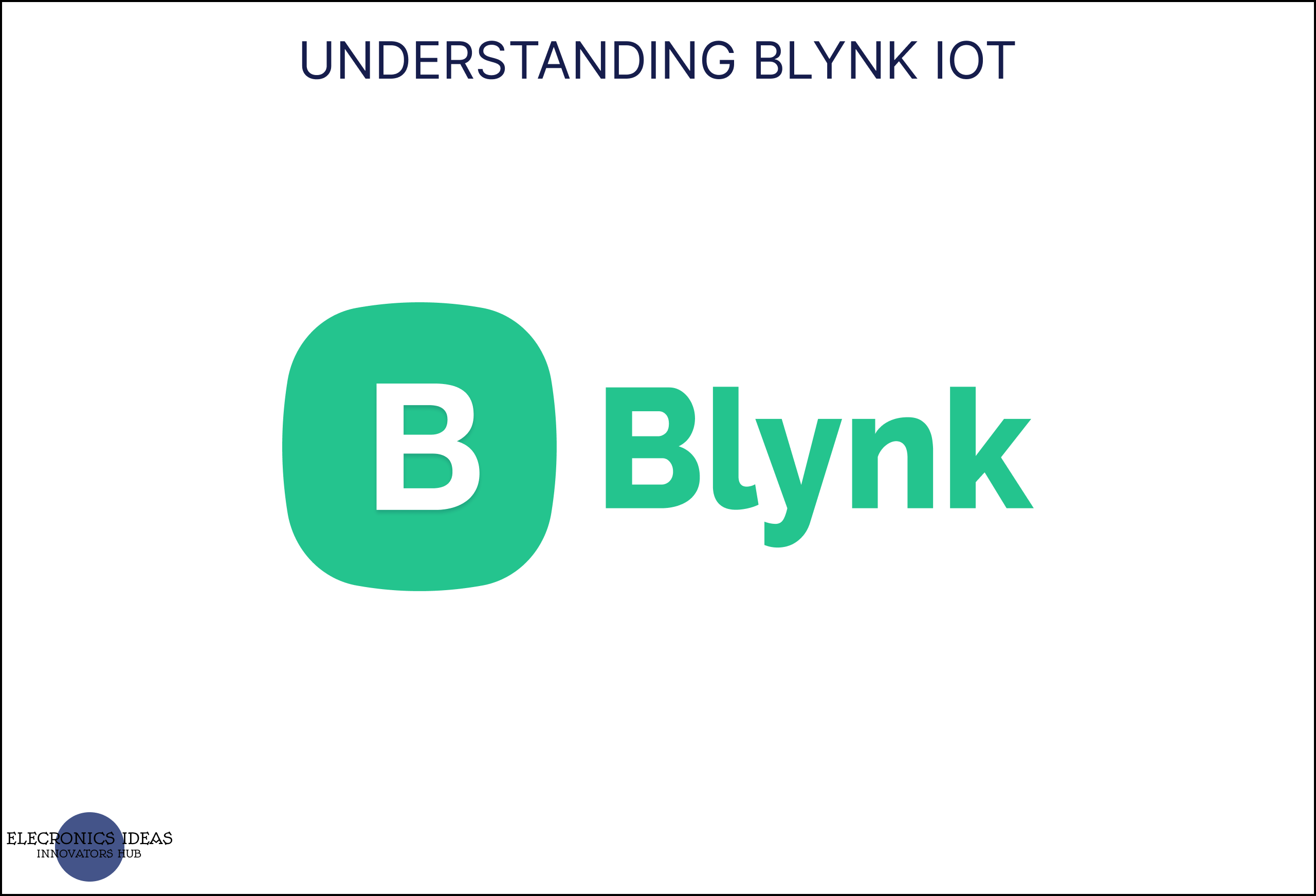
Understanding Blynk IOT
Introduction to Blynk IOT Blynk is a low-code IoT software platform for businesses and developers. It allows users to create mobile and web applications for their IoT devices without any coding required. It supports over 400 hardware modules, such as ESP32, Arduino, Raspberry Pi, and more. Users can connect their devices to the secure Blynk …
Analog Circuits

Obstacle Avoidance robot using L293D motor driver
Creating a self-driving obstacle avoidance robot is an exciting venture, and with this obstacle-avoidance robot, you’ll learn how to navigate an Arduino-based project to avoid obstacles autonomously. Using sensors, motors, and some clever programming, this robot will detect obstacles and adjust its path accordingly—essentially a self-driving car! Hardware Components Used in This Project Here are … Read more
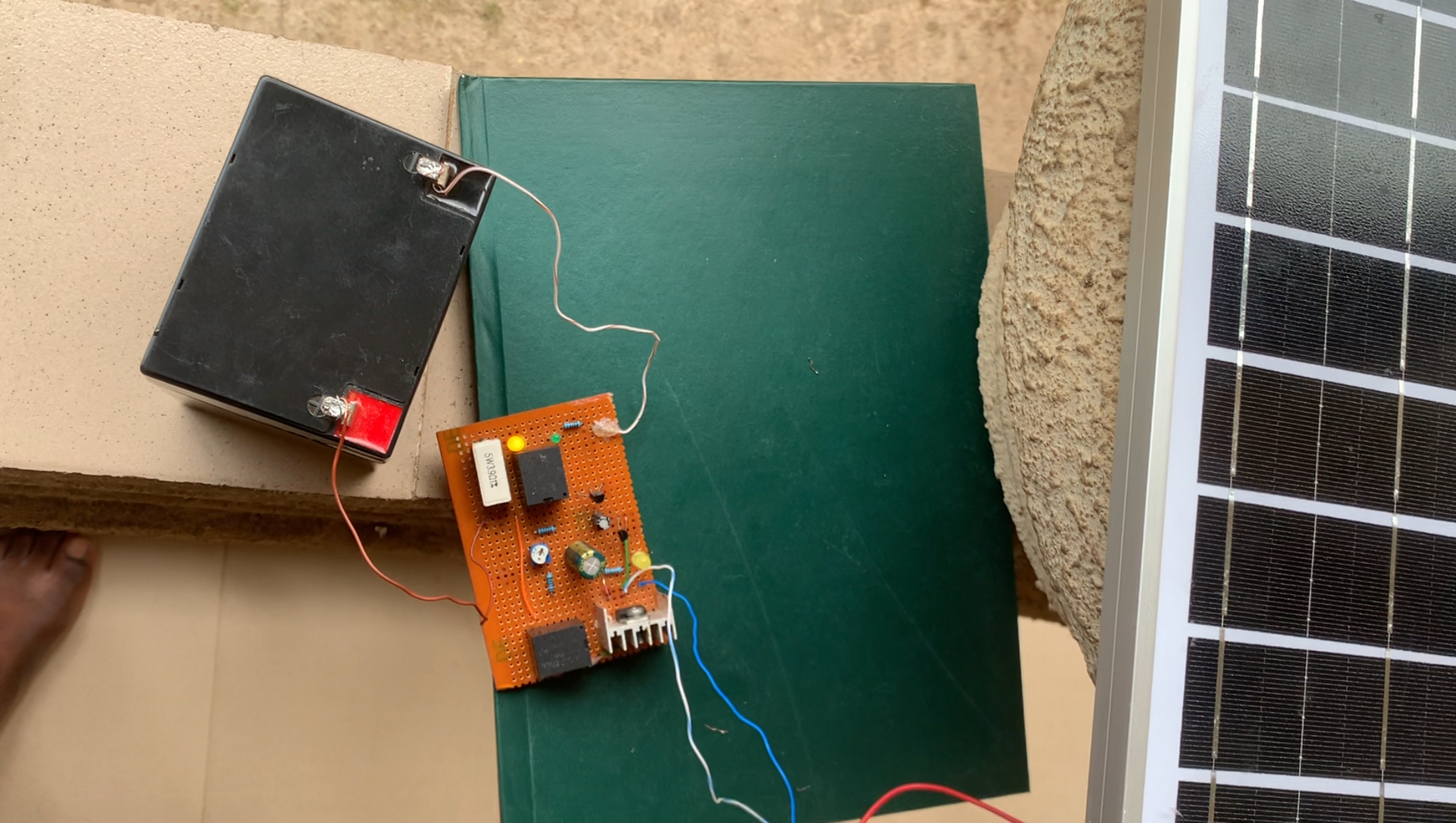
12V Solar charger With voltage protection and auto cut off
A solar charger is an important innovation as solar is one of the most common energy sources. This design has voltage protection for both over and under voltage. We used simple components and kept things simple for better comprehension. Components used in this project S/NO Component Value Qty 1 L7815CV 15V 1 2 1N4740A 10V … Read more
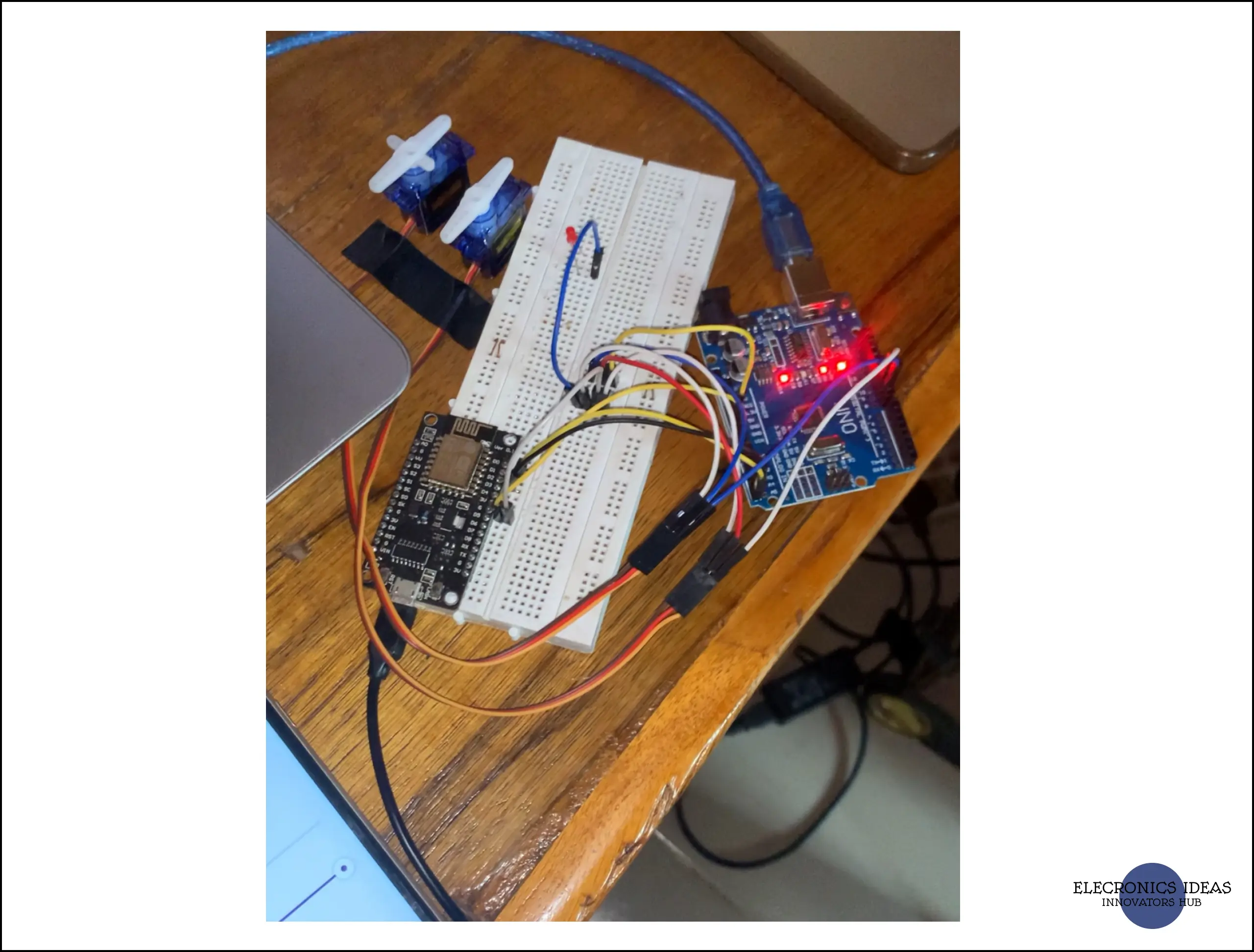
Multiple devices on a slave in an I2C system
A typical I2C system consists of two separate components or microcontrollers between which we intend to enable data transmission. The I2C system is handy in electronics design as it can facilitate communication between as many as 119 components. The I2C system is made up of 4 pins, they are power (Vcc), ground, SCL, and SDA … Read more

I2C communication between microcontrollers
I2C communication refers to the transfer of data between two devices. It stands for Inter-Integrated Circuit. It is a protocol that aids the communication/data transfer between two microcontrollers or components. For example, I2C technology is used in robotics to control all the different parts and aspects of the robot. Most electronic devices today make use … Read more

6 way remote controlled system
Introduction to a 6-way remote controlled system A 6-way remote-controlled system represents a significant leap in automation technology, offering unparalleled convenience and efficiency. This innovative system allows users to operate six different devices or functionalities from a single remote control unit. The design is based on the principles of user-centric engineering, ensuring ease of use, … Read more

Interfacing I2C LCD with ESp8266
ESP8266 has become a common component for building IOT-capable devices. The I2C display module is a popular I2C technology that makes interfacing devices easier. It stands for Inter-Integrated Circuit. ESP8266’s popularity has made it important to be able to interface Display to it as it is one of the most commonly used microcontrollers. The information … Read more

Exploring the TTP223 Capacitive Touch Sensor
Imagine a world where buttons vanish, and your touch alone activates devices. Picture a light switch that responds to your fingertips, a doorbell that senses your approach, or a sleek control panel that requires no physical buttons. Welcome to the realm of TTP223 Capacitive Touch Sensor, where magic meets technology. In this blog post, we’ll … Read more

The TDA2822 IC’s Capabilities
The TDA2822 is a versatile and widely-used integrated circuit known for its role as a dual audio power amplifier. It’s designed to function in portable audio devices like cassette players, radios, and CD players due to its low voltage operation and power efficiency. This IC stands out for its ability to operate on a supply … Read more

A simplified break-down of ESP8266
Introduction to ESP8266 (Nodemcu) The ESP8266 is a compact Wi-Fi module that has gained popularity for its versatility in Internet of Things (IoT) applications. It integrates a powerful 32-bit microcontroller and a Wi-Fi transceiver into a small footprint, making it ideal for space-constrained projects. With its ability to run at 80 MHz or 160 MHz, … Read more
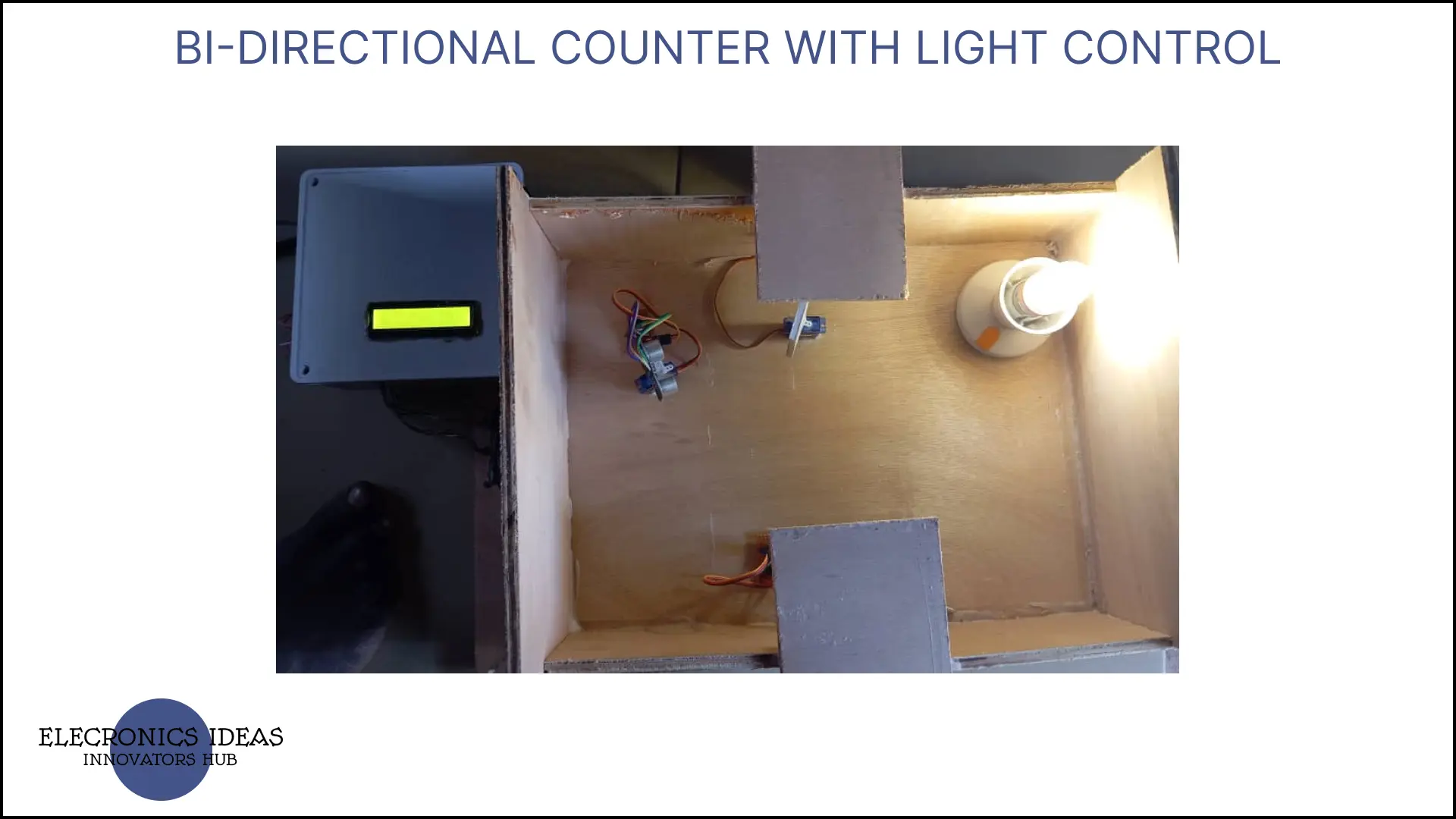
Bi-directional counter with light control
Introduction to bi-directional counter with light control A bi-directional counter with light control is a device that can measure the number of people entering and exiting a place at any point and turn on lights accordingly. It can be used for various applications, such as counting visitors in a museum, monitoring traffic flow, or controlling … Read more






